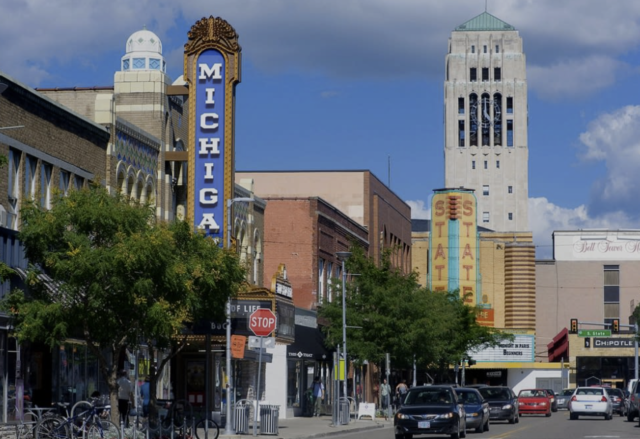Why College Towns Can Be a Goldmine for Short-Term Rentals
Short-term rental investing often focuses on vacation destinations—beaches, ski towns, or big city tourist hubs. But there’s another niche market that consistently produces strong returns for the right investor: college towns.
Unlike typical vacation markets, college towns don’t just have one season. They have multiple demand drivers: sports seasons, graduation, parents’ weekends, conferences, and year-round university events. Done right, a short-term rental here can outperform markets where occupancy relies solely on summer tourists or winter skiers.
In this article, I’ll walk you through why college towns deserve a spot on your radar, how to choose the right one, and what you should know before buying.
Why College Towns Work for STR Investors
-
Consistent Demand Beyond Summer
College towns operate on an academic calendar, meaning big events happen at predictable times every year—home football games, basketball tournaments, orientation week, and graduation. This gives you built-in peak weekends you can plan around. -
Premium Rates for Big Events
During game days or major events, nightly rates can spike 2–4x above normal. Alumni, parents, and fans are often willing to pay top dollar for convenience and proximity to campus. -
Steady Off-Season Business
Outside of major events, you can attract traveling professors, visiting families, medical professionals (if there’s a university hospital), and conference attendees. This helps stabilize occupancy. -
Lower Competition Than Tourist Hotspots
While vacation markets can be oversaturated, many college towns still have room for well-run STRs—especially if you focus on quality furnishings, walkability, and amenities.

What to Look for in a College Town STR Market
When I evaluate a market, I focus on fundamentals—not just hype. Here’s what I’d look for:
-
Strong Athletics Program – Football and basketball success draw bigger crowds and more repeat visitors.
-
Enrollment Growth – More students usually means more visiting families and friends.
-
Walkability to Campus & Stadiums – Proximity equals pricing power. A property within a mile of the stadium or main quad often commands higher ADR (Average Daily Rate).
-
Local Regulations – Some towns have strict short-term rental rules. Check local zoning and city council policies before making offers.
-
Year-Round Events – Universities host concerts, symposiums, and cultural festivals that can keep occupancy high.
Example ROI Scenario
Let’s take a hypothetical example:
-
Purchase Price: $350,000
-
Peak Weekend ADR: $500
-
Off-Season ADR: $175
-
Occupancy Rate: 65% annually
-
Estimated Gross Revenue: ~$70,000/year
Even after accounting for property management, cleaning, and maintenance, the net cash flow could rival or exceed traditional long-term rental returns in the same area.

My Tips for Success in College Town STRs
-
Buy with Multiple Exit Strategies
Even if STR regulations change, can the property work as a long-term or mid-term rental? Don’t buy a deal that only works under one scenario. -
Furnish for Groups
Families and alumni groups often travel together. Include enough beds and seating areas to accommodate 6–10 guests comfortably. -
Market Around the Calendar
Build your booking strategy around known events—list them in your property description so guests searching for “graduation weekend stay” or “game day rental” find you first. -
Keep It Professional
College towns have a reputation for party culture. Set clear house rules, install noise monitoring (where legal), and screen guests to protect your property.
The Bottom Line
College towns are one of the most overlooked niches in short-term rental investing. They offer consistent, predictable demand and the potential for high returns—if you buy smart, understand the local market, and operate professionally.
Whether it’s the roar of the stadium, the buzz of graduation weekend, or the steady stream of visiting families, these markets can give you the kind of cash flow that makes your portfolio stronger year-round.
College towns aren’t the only small town markets I’d recommend investing in. Here’s my guide as to why I’m investing in submarkets instead of big cities.



